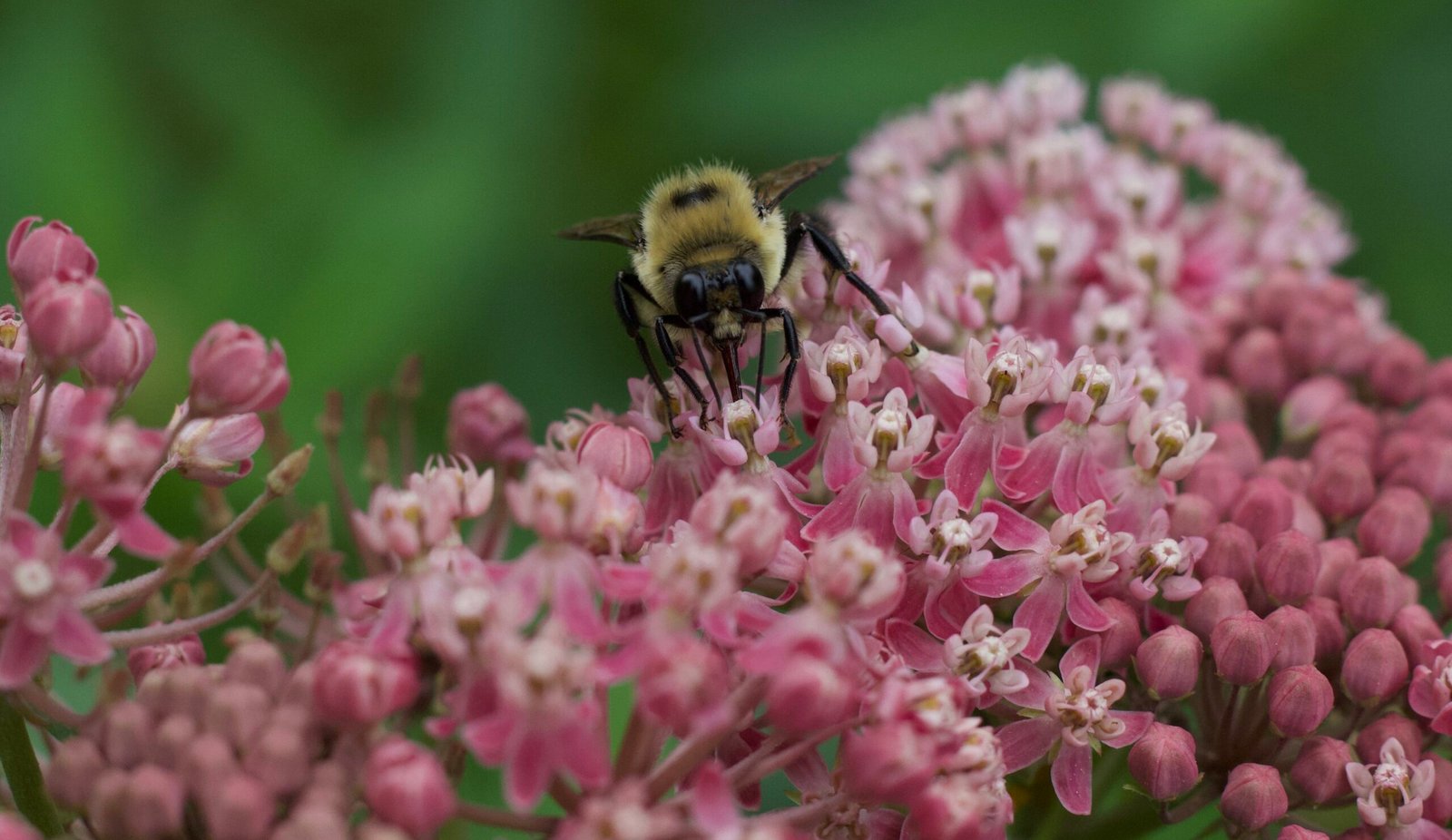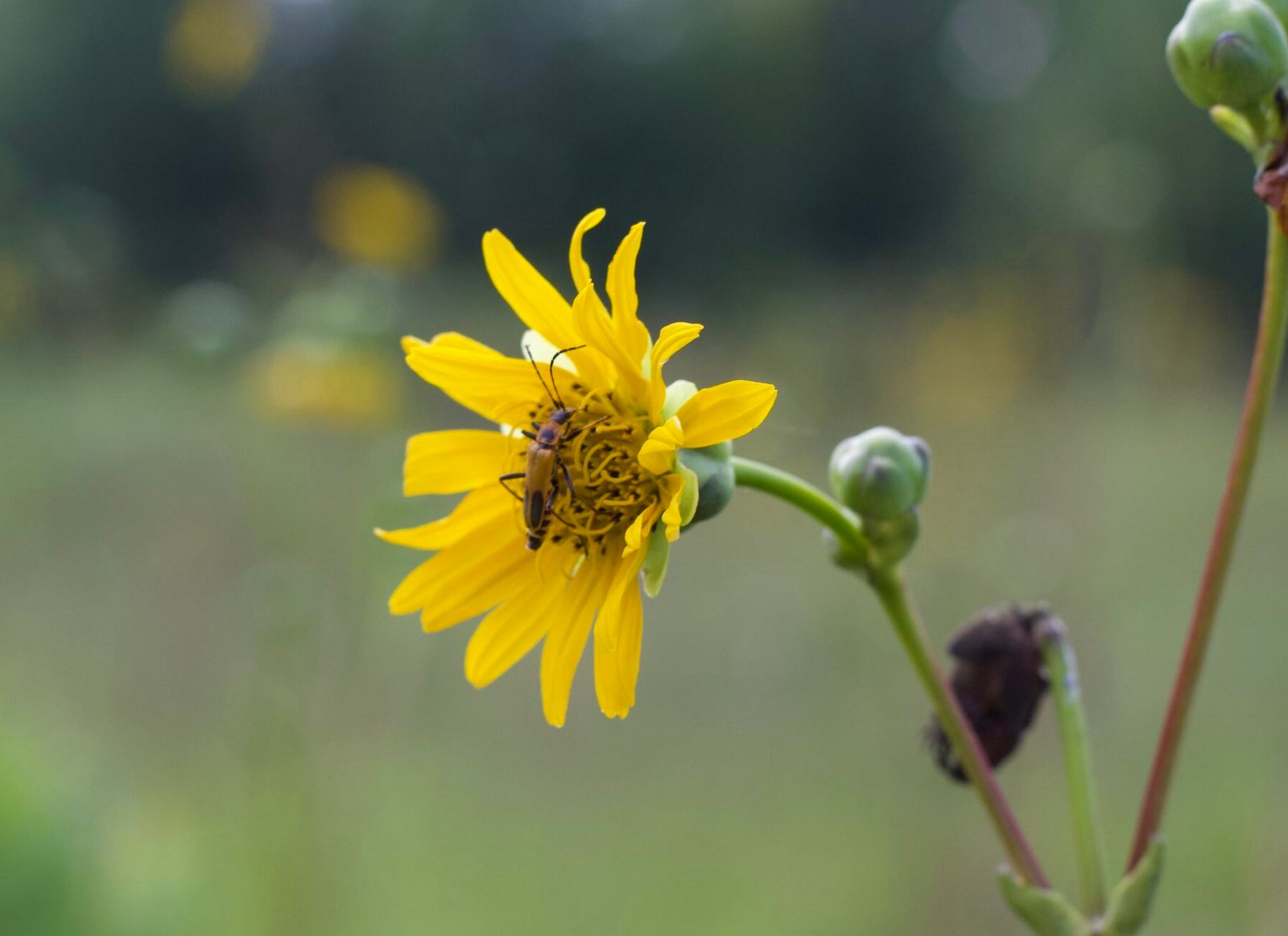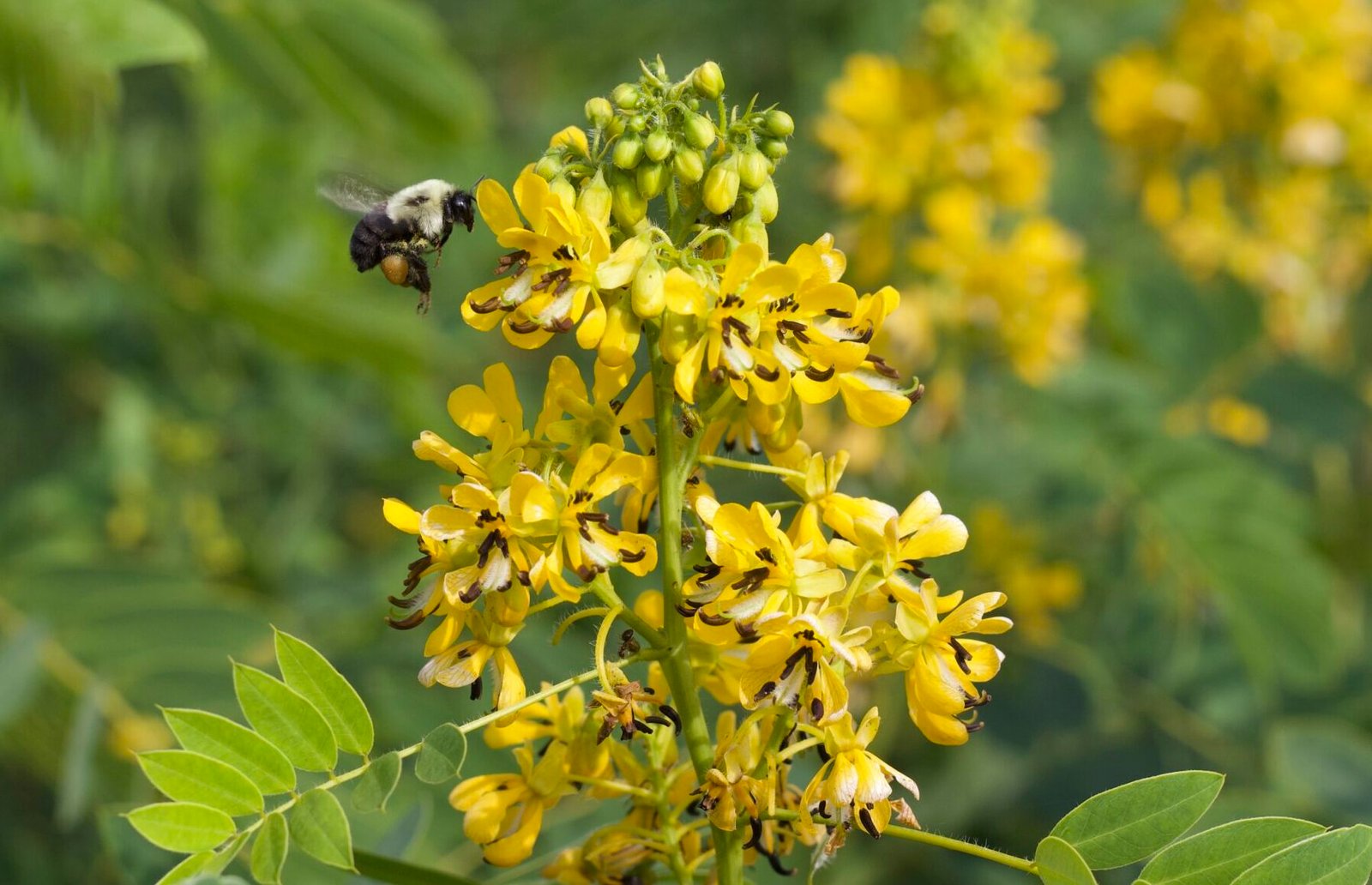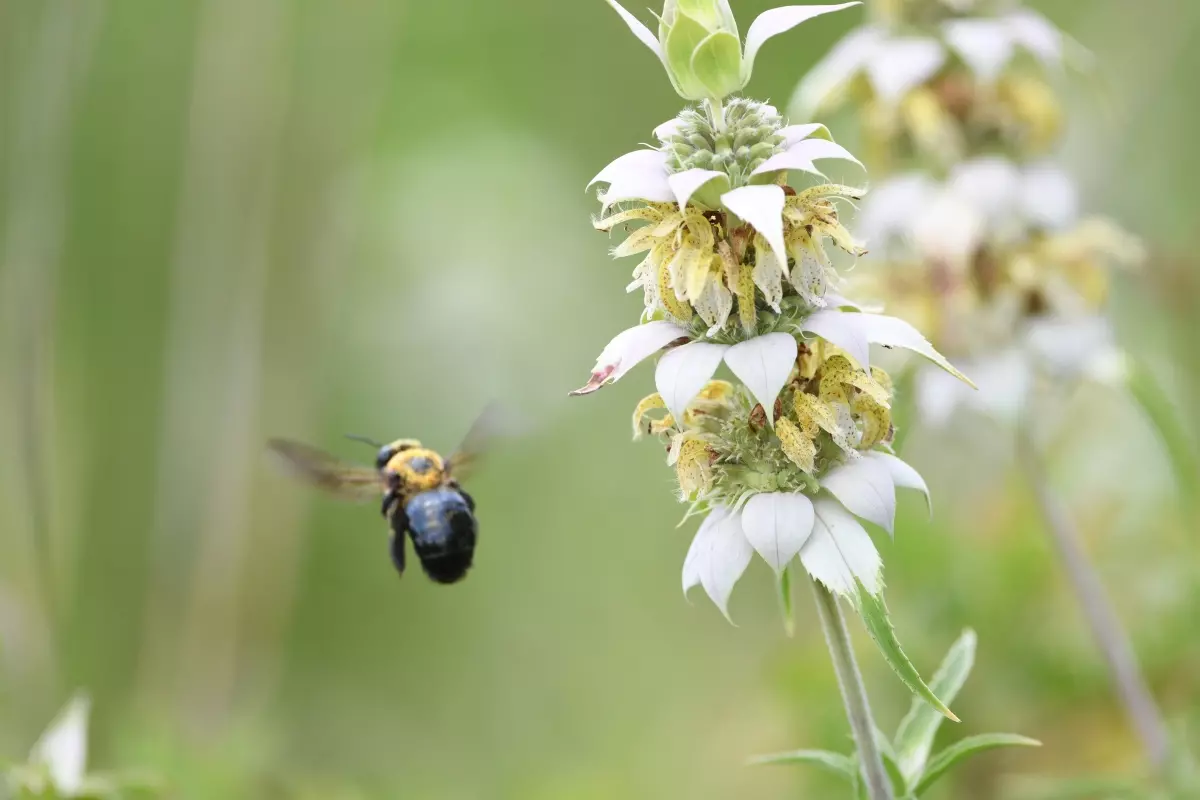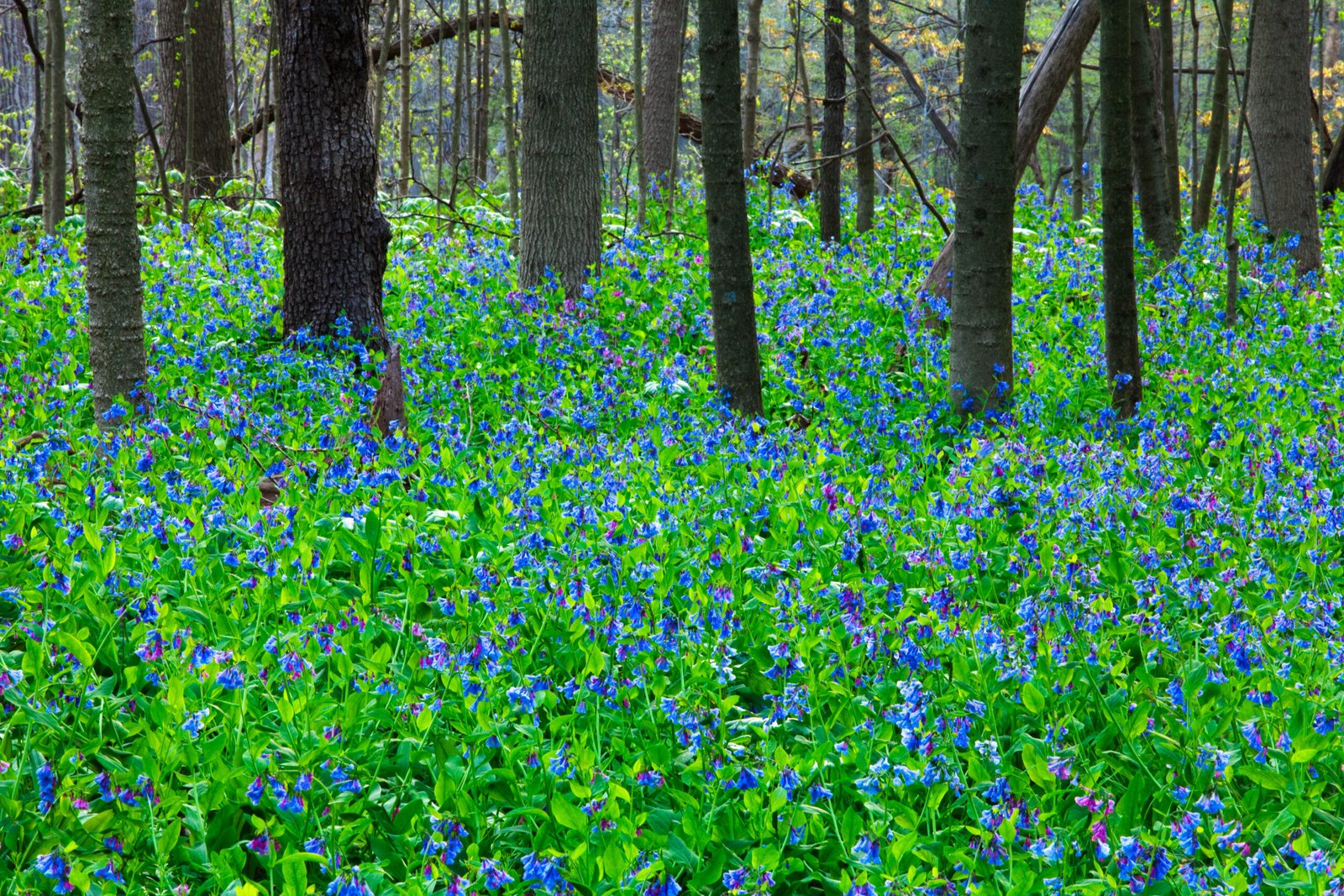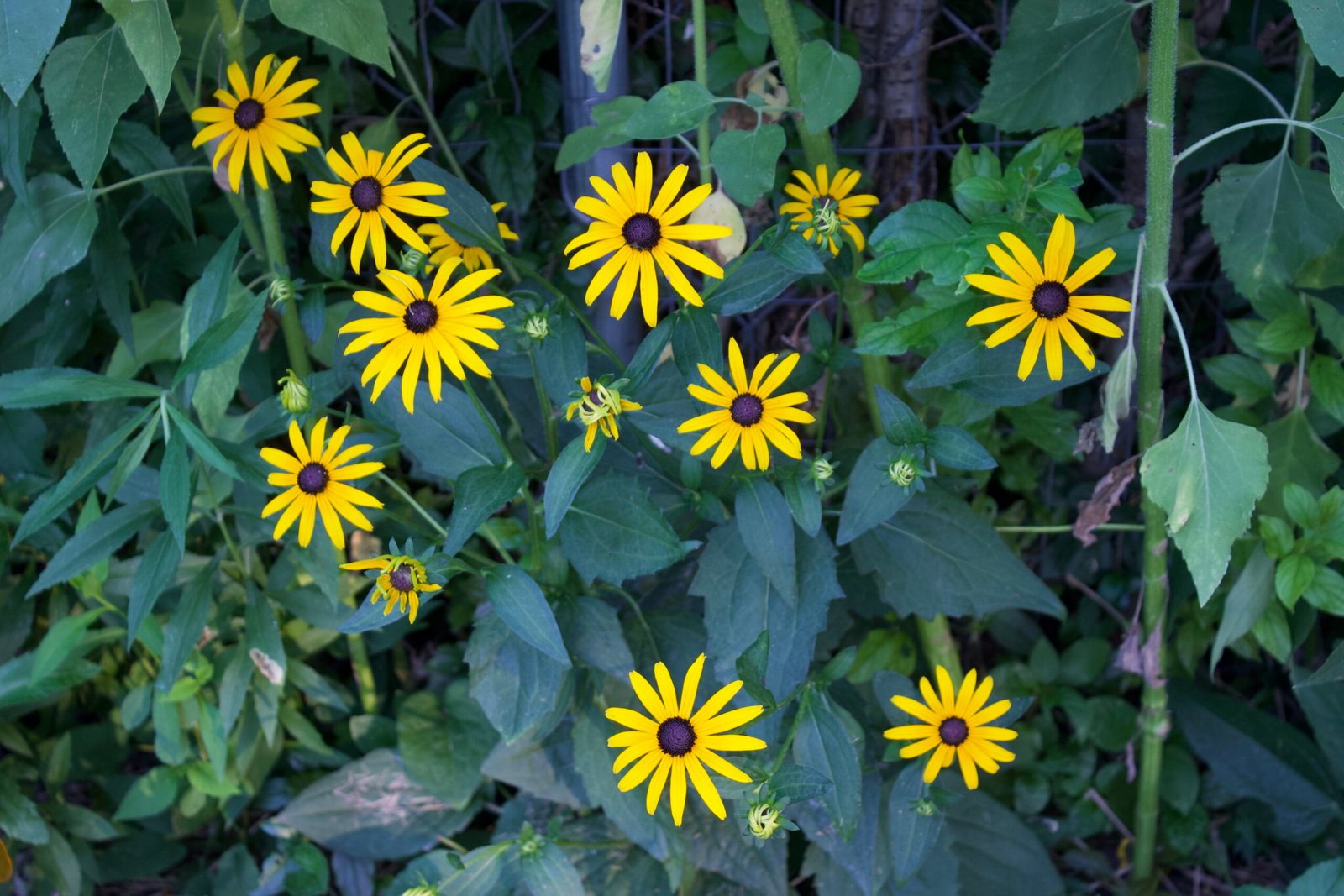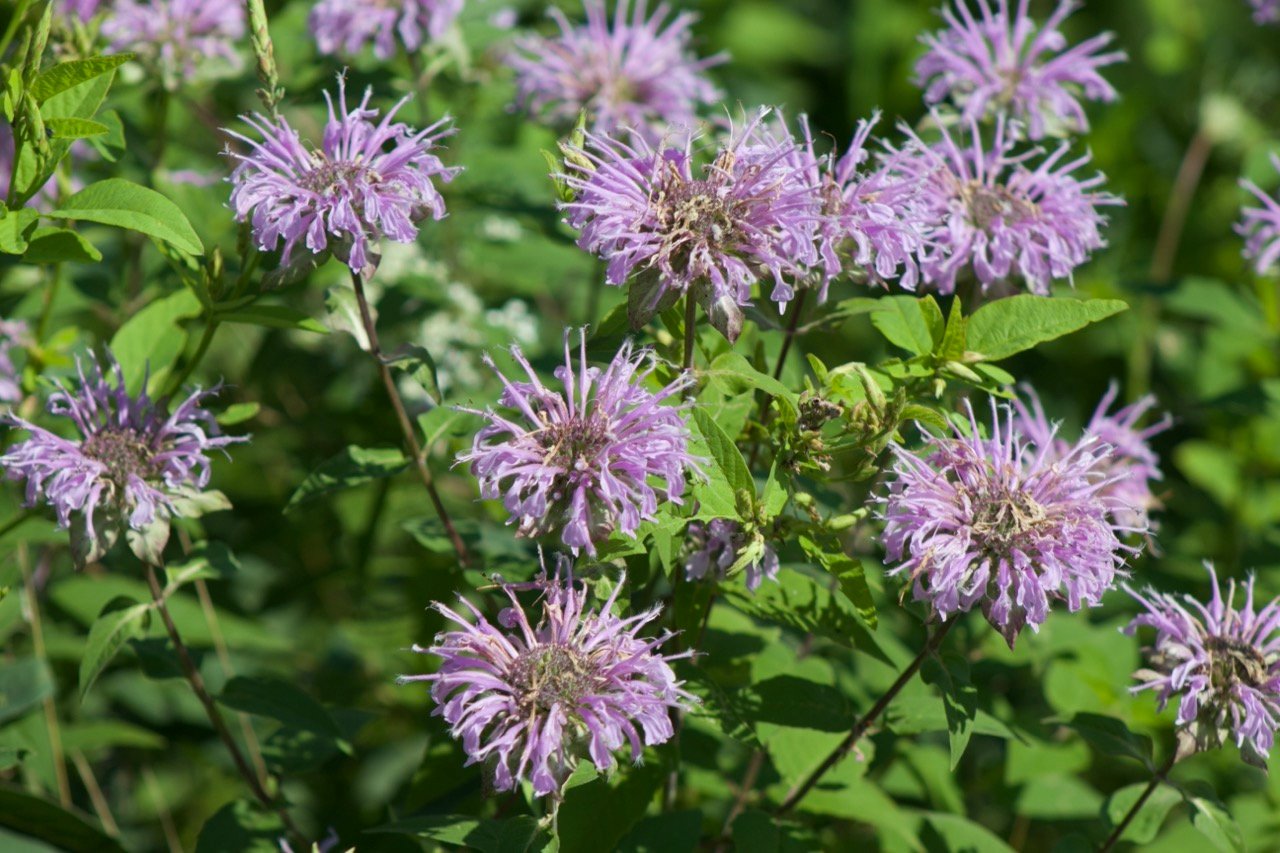Bumble Bees: The Buzzing Backbone of Native Ecosystems
If you’ve spent time in a native garden, you’ve almost certainly met bumble bees. These fuzzy, buzzing pollinators belong to the genus Bombus, and they are among the most important keystone species in North America. For me, they’re a personal favorite — gentle in nature despite their size, and endlessly fascinating to watch as they […]
Bumble Bees: The Buzzing Backbone of Native Ecosystems Read Post »

